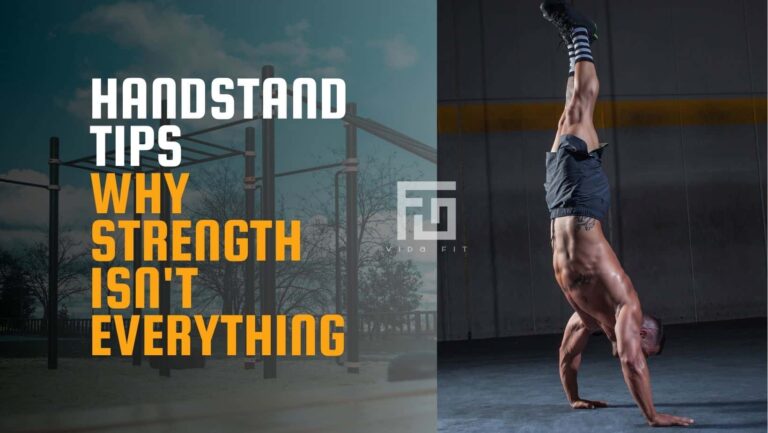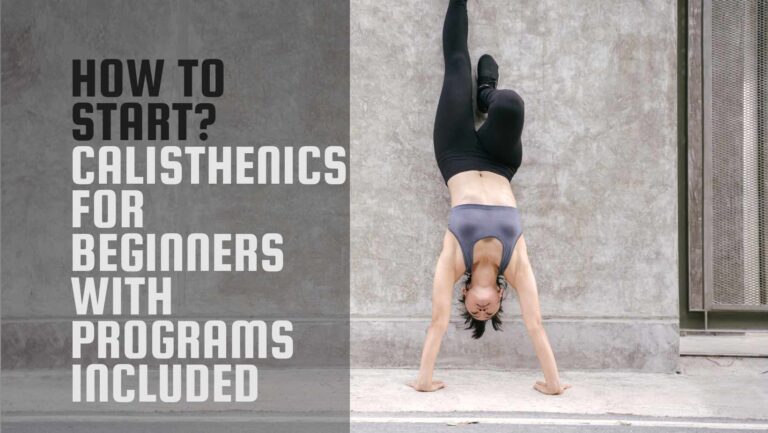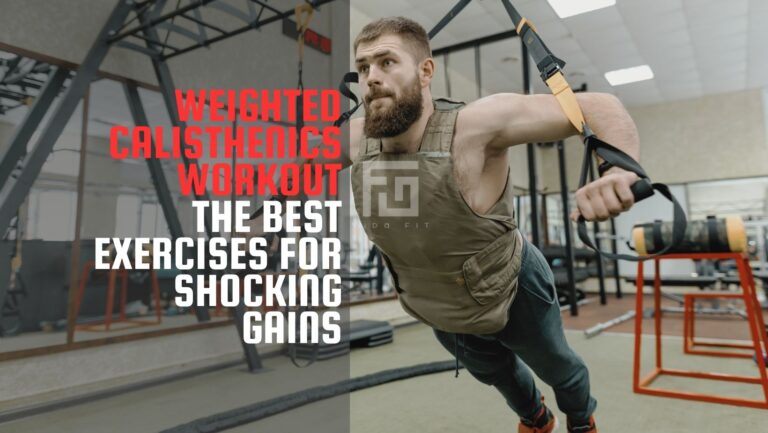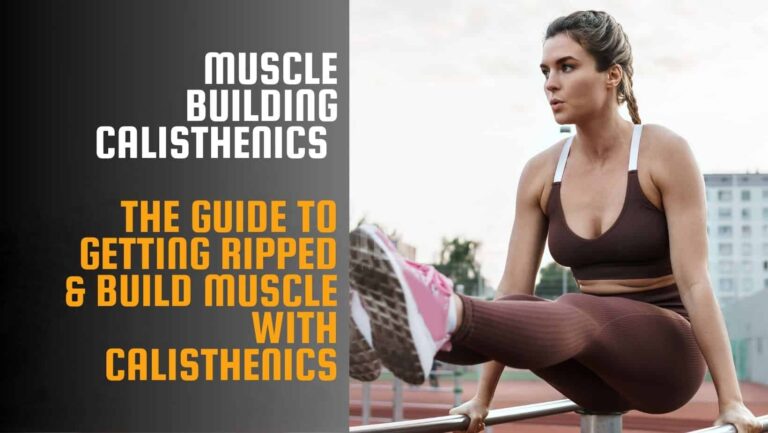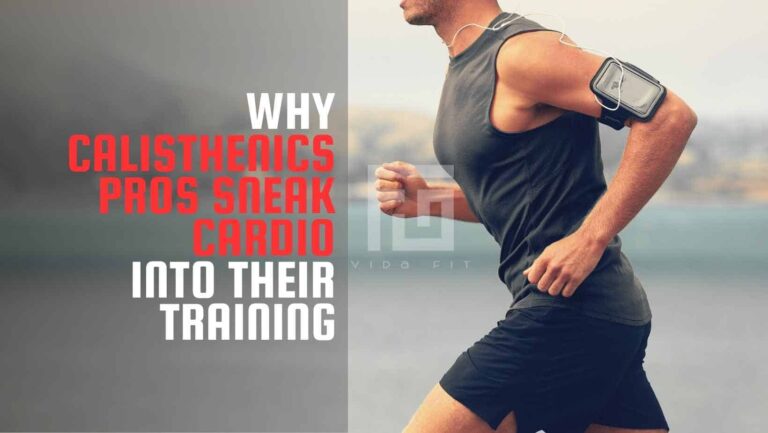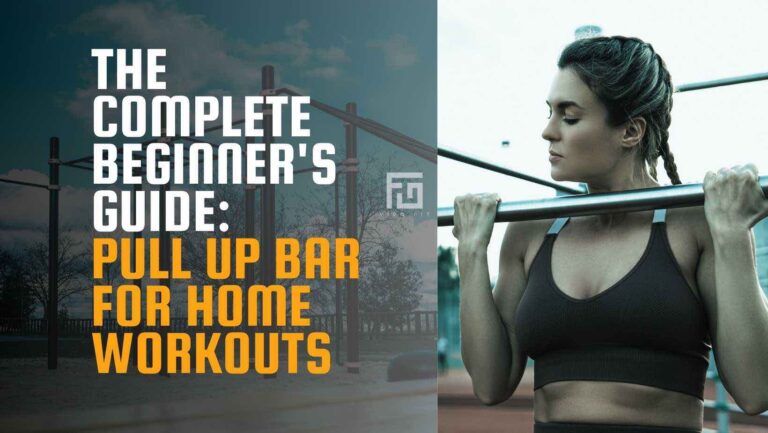Weighted Calisthenics | 9 Best Equipment & Exercises You Should Know About

Welcome to your next level of Calisthenics!
Weighted calisthenics is a game-changer approach to bodyweight exercise.
Imagine transforming your body with every pull-up, dip, and squat and getting bigger and stronger with each rep.
Weighted calisthenics doesn’t just challenge your muscles; it revolutionizes your entire workout, pushing you past plateaus.
With the right equipment and exercises, you’ll unlock new strength, sculpt a Greek God-like physique, and be the envy of your friends.
Read on to discover the best equipment and exercises you need to know about in weighted calisthenics.
Table of Contents
What is Weighted Calisthenics?
Weighted calisthenics is a form of strength training that improves traditional body weight exercises by adding extra weight.
While traditional calisthenics relies solely on a person’s body weight to provide resistance, weighted calisthenics takes it a step further for increased difficulty.
You can achieve this through the use of equipment like weighted vests, dip belts, ankle weights, or sand sacks.
When you add weight to exercises, you are increasing the resistance, and exercises such as pull-ups, dips, push-ups, and squats, can help you build greater strength, muscle mass, and endurance.
The Harvard Health Publishing – in this article explain the advantages of body-weight exercises.
🧳 The Equipment You’ll Need
In the following section, we’ll discuss the calisthenics equipment required to add weight to your calisthenics workout.
➡️ 1. Weighted Vests
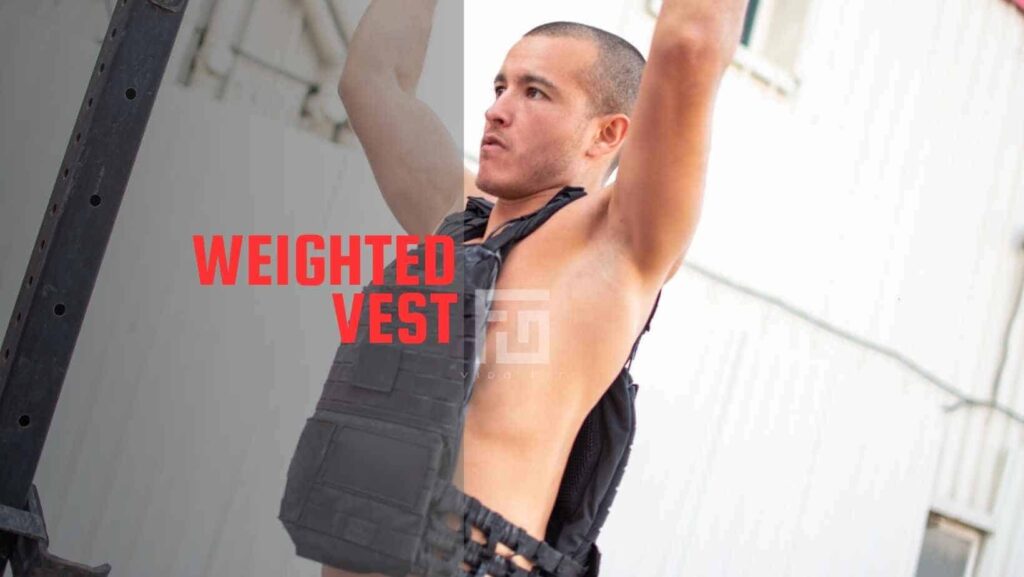
A weighted vest is a piece of workout gear designed to add extra resistance to body weight exercises.
It’s normally sleeveless, usually made from nylon or polyester, and has small pouches sewn into it that allow you to add weight.
The weight is evenly distributed to sit snugly against your torso without restricting movement.
Some of the benefits include:
✅ Increased Resistance – Adding weight via the vest intensifies exercises and may help build functional strength and endurance. It may help you get stronger. Who doesn’t want to feel strong?
✅ Muscle Growth & Toning – The extra load forces muscles to work harder, stimulating muscle fibers more for muscle growth, which means that you may grow bigger muscles.
✅ Enhanced Calorie Burn – The weighted vest can increase an exercise’s calorie-burning effects more than standard bodyweight training. This translates to the awesome possibility of getting six-pack abs as your torso gets leaner.
✅ Convenience – Weighted vests allow users to increase resistance conveniently during body weight routines without hassling with other free weights that require handling. The weight stays firmly in place against the body for ease of use.
➡️ 2. Dip Belts
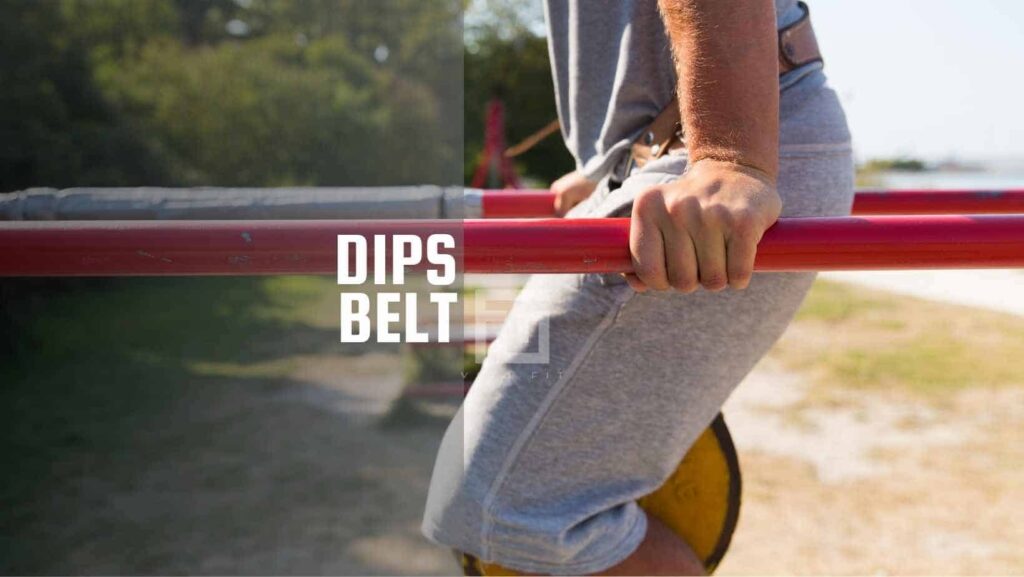
It is a specialized belt designed to hold weighted plates or kettlebells to add resistance to dips and pull-up movements.
✅ The benefits are similar to some of the benefits discussed previously for the weighted vest, except that you don’t wear it on your chest.
✅ The belt secures weight at the waist/hips and not on your torso or chest.
➡️ 3. Ankle Weights
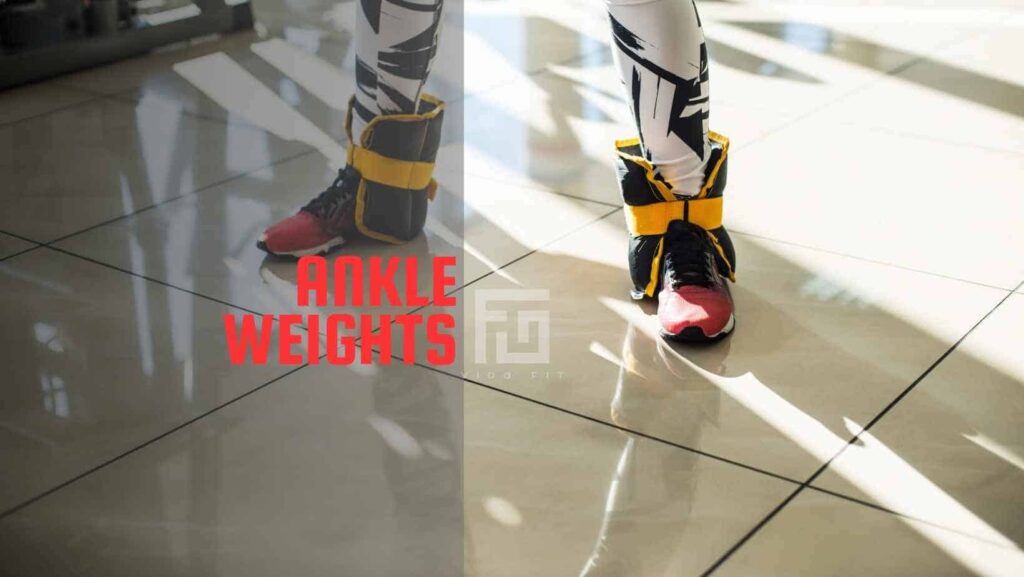
Ankle weights are weighted straps worn around the ankles during body weight workouts to add resistance.
They share some of the benefits discussed previously with the addition of:
✅ Increased Total-Body Resistance – Extra weight at the ankles forces the entire body to work harder during movements like pushups, pullups, and leg raises.
✅ Enhanced Power – Jumping with weights requires greater explosive power output from muscles to lift your weight off the ground, which may help you get bigger and toned legs.
✅ Better Balance & Coordination – Performing exercises with weight on each ankle improves balance and body awareness, helping you to create a better foundation needed for more advanced calisthenics compound movements.
➡️ 4. Kettlebells
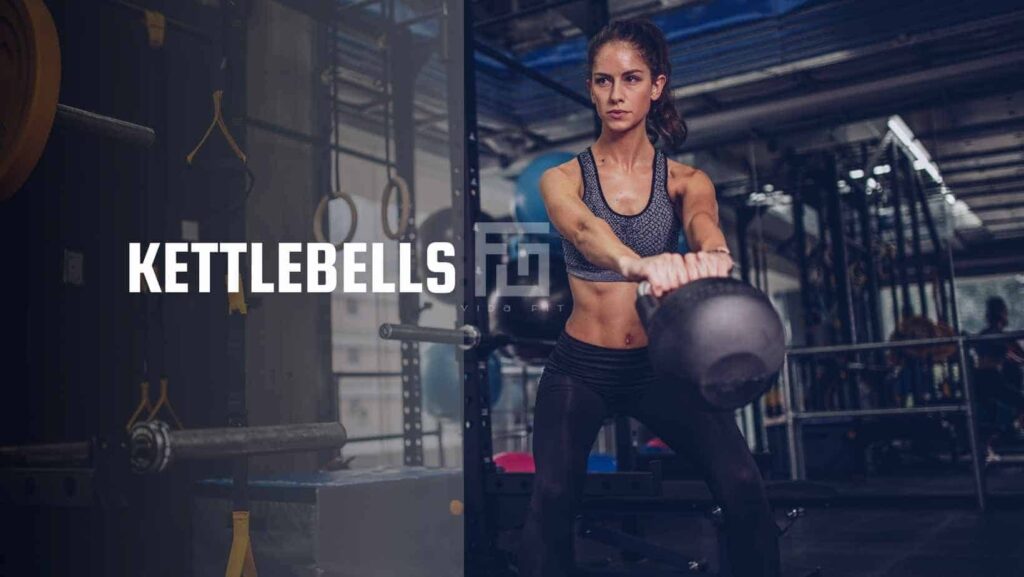
A kettlebell is a cast-iron or cast-steel weight resembling a cannonball with a handle.
The kettlebell has an exciting history.
ℹ️ The origin of the kettlebell can be traced back to ancient Russia, where it was initially used as a counterweight to measure goods in local markets.
ℹ️ The rumor has it that its origins can be traced back to 1704, which can be found in a Russian dictionary.
ℹ️ 18th-century Russian farming communities used them to show contestants’ strength in farming competitions.
ℹ️ It wasn’t until the last 20 years that kettlebells became popular worldwide, initially gaining attention when Russian fitness authorities brought awareness of their unique benefits.
ℹ️ Now, kettlebells are common in many mainstream gyms and training facilities globally as an effective cardio, strength, and flexibility training tool.
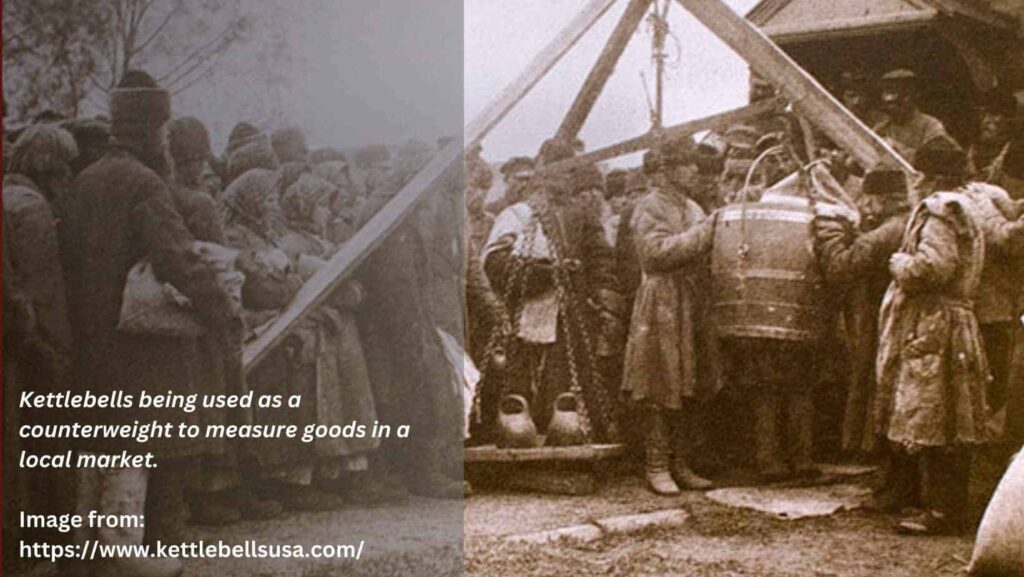
Some of the benefits include:
✅ Common exercises incorporating kettlebells are kettlebell swings, goblet squats, Turkish get-ups, and lunges. They can add weight to pull-ups and dips when attached to a dip belt.
✅ Functional Core Training – Stabilizing swinging kettlebell forces deeper core activation, which takes me to my next point.
✅ Enhanced Cardio Training – Kettlebell swings are often used as a form of cardio, which keeps the heart rate elevated, increasing endurance, breath control, and cardiovascular fitness. These may help you lose weight, show a defined core, and maybe a six-pack!
➡️ 5. Weight Plates
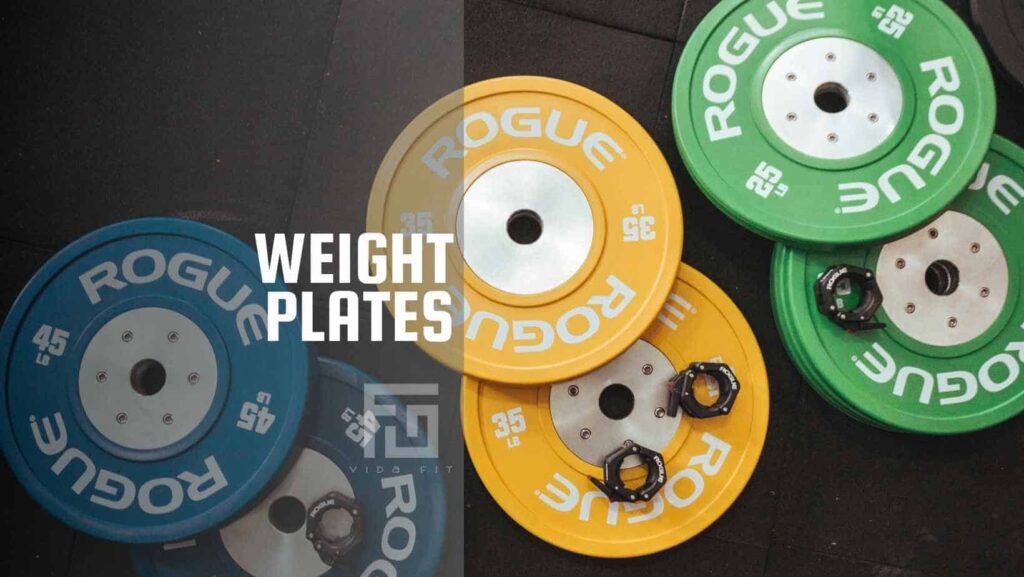
Weight Plates are flat, solid metal discs with a hole in the middle.
They come in standard sizes starting as light as 2.5 lbs, ranging up to 45 lbs or higher per single plate.
They share some of the benefits discussed previously with the addition of:
✅ For weighted calisthenics, attach weight plates to a dip belt worn around the waist to add resistance to body weight movements like dips, pullups, or pushups.
✅ This means you can progressively overload your workouts and get a bigger upper body as you build muscle.
➡️ 6. Sandbags
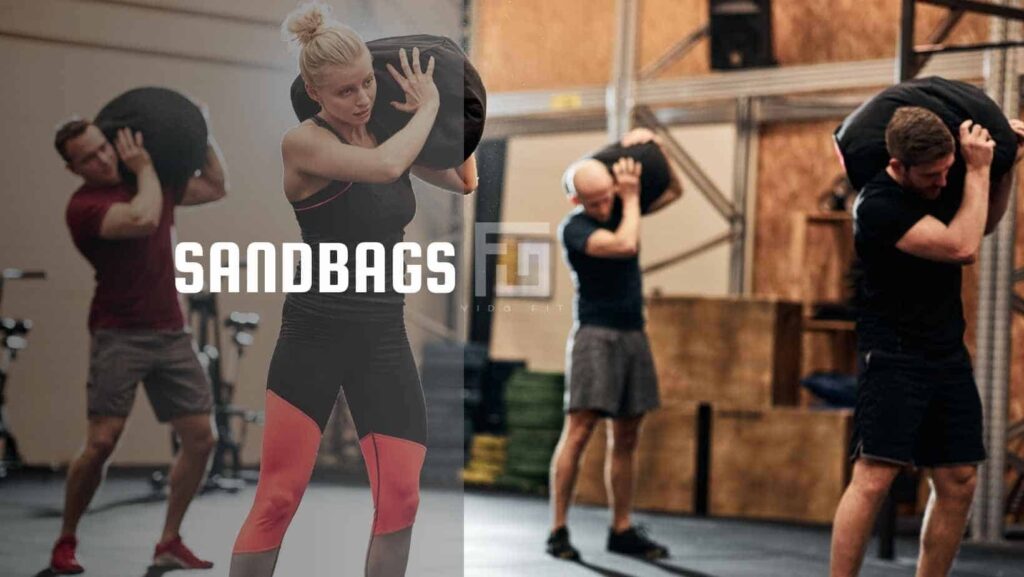
Sandbags are durable bags made of synthetic material filled with sand that can be integrated into calisthenics routines to add weighted resistance.
They share some of the benefits discussed previously.
Some exercises that can use sandbags are:
✅ Squats – Hold the sandbag at the chest or shoulders to increase the squat challenge and leg/glute strength.
✅ Lunges – Hold the sandbag at the chest or shoulders during forward/reverse lunges.
✅ Pushups – Place the sandbag centered on your back and perform pushups.
✅ Planks – Place a weighted sandbag on your back during forearm or side planks is an intense core challenge.
✅ Bulgarian Split Squats – Holding sandbags while performing this exercise develops balance and strength.
✅ Bicep Curls – Smaller sandbags can be used to develop your biceps.
➡️ Other Accessories: Resistance Bands, Wrist Wraps, Elbow Sleeves, Liquid Chalk
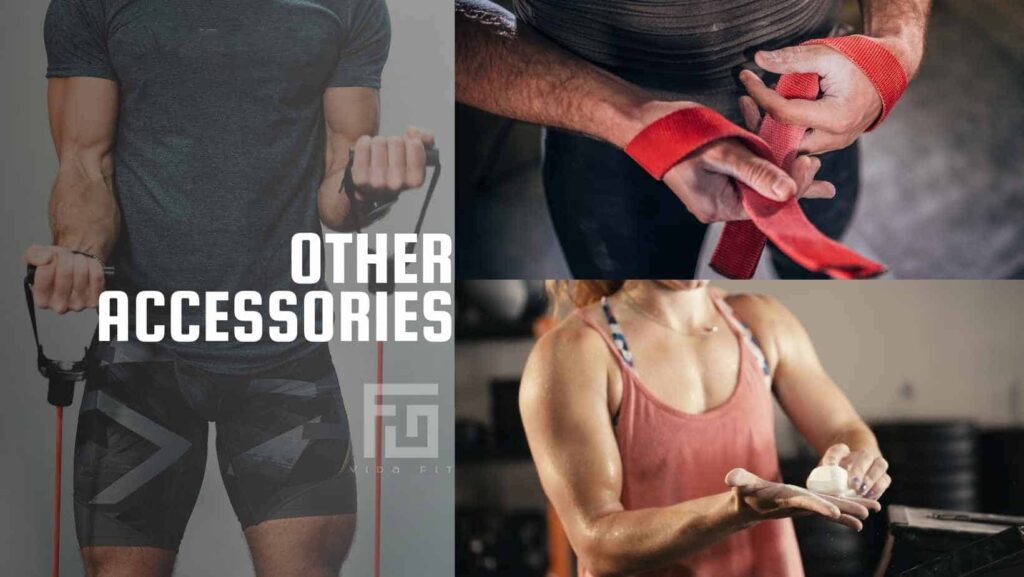
These are accessories that can be of benefit to your workouts. Let’s find out why.
✅ The resistance bands can be used to target your biceps or add resistance to body weight squats.
ℹ️ 7. Wrist Straps
- ✅ May prevent wrist sprains, so you keep training to get stronger and bigger muscles.
- ✅ May enable users to lift heavier weights, making you bigger.
- ✅ Some straps have built-in cushioning and extra padding that may benefit some users.
ℹ️ 8. Elbow Sleeves
- ✅ Provide a gentle, compressive support to stabilize elbow joint alignment when exercising.
- ✅ Keeps the joints warm.
ℹ️ 9. Liquid Chalk
- ✅ Improved Grip – Liquid chalk helps dry sweat on the hands, leading to increased friction and grip security on bars and rings, which means you focus on the exercise and not on the grip so that you can train for longer.
- ✅ Minimal Mess – Compared to regular powdered chalk, liquid chalk is far less dusty and messy, keeping it off floors and surfaces if avoiding chalk is necessary.
ℹ️ The Benefits of Weighted Calisthenics
We have already discussed the benefits of adding weight to calisthenics. Let’s summarize the benefits here and what it means to you.
✅ Progressive Overload
Including additional weight in your calisthenics exercises may help you get over plateaus where adding more reps or more sets is just not practical.
This means that it allows you to get stronger and bigger and improve your endurance.
✅ Safer Than Weightlifting
Some consider calisthenics safer than traditional weightlifting because it relies on body weight, which reduces the risk of injury compared to gym weights.
For example, when attempting calisthenics skills like one-arm pushups, you are unlikely to injure yourself. It just takes time and practice to master it.
Lifting weights with poor form is more likely to cause injury or damage joints from excessive loads.
But with calisthenics, your body weight or weighted calisthenics offers scalable resistance, avoiding accidents that might come from overloaded bars with excessive weight.
Additionally, weighted calisthenics exercises build functional strength through larger ranges of motion compared to isolated weight lifts.
What this means for you is that if you do exercises that are less likely to injure yourself, then it is more likely to keep you exercising consistently, which translates to obtaining bigger muscles and a leaner physique.
ℹ️ When Should I Start Weighted Calisthenics?
There are no strict guidelines on when to start weighted calisthenics, as it depends on your current strength and fitness levels.
Here are some general recommendations on when you may want to incorporate weighted calisthenics:
✅ After about six months of doing body weight exercises consistently 1-2 times per week, so that you become comfortable doing exercises using your body weight before adding external resistance.
✅ When you can comfortably perform 15+ reps of basic body weight moves like push-ups, squats, and pull-ups.
✅ As soon as any progression plateaus, meaning that you can’t increase reps or sets any further, or it is just not practical. Adding small amounts of weight may help your progress.
The best approach is to start easy at first with lighter weights, focusing on technique rather than heavy weights.
Related article: The Battle Of Calisthenics Vs. Weight | Which One Is Best For You?
ℹ️ The Training Program
✅ I have written a number of programs that may be of interest to you.
✅ Once you are ready to start adding weight, make sure you start with low weight and progressively add weight as you feel comfortable.
✅ Remember to ALWAYS check with your Dr before engaging in any form of physical activity.
Check out this Weighted Calisthenics Program and find out all you need to know about it!
